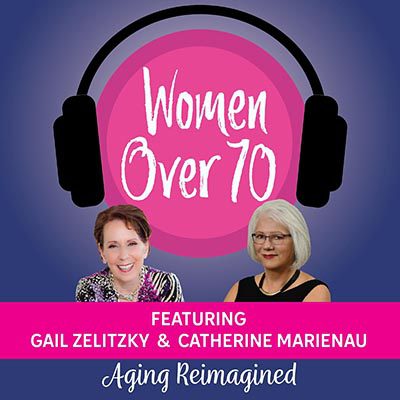As Unique As Each Death Is, There Are Also Commonalities
When dying a gradual death, there are a variety of dynamics and patterns, as well as the individual’s personality that makes each death unique. Yet as unique as each death is, there are also commonalities.
In the months before death from disease, and often years before death from old age, parts of our personality begin to change while other aspects of who we are do not.
When we begin the gradual dying process our personality tends to intensify. If we are an angry person we will get angrier. If we have a gentle personality we will become even softer.
Other than the intensification of who we are, we basically stay the same. If I have been active all of my life, I will push myself to keep going. If I have been passive, I will succumb to the temptation of being a couch potato; a complainer will get out the microphone, a loner will withdraw even more.
You would think we would become more thoughtful about life and its meaning and more religious or spiritual, but generally we don’t. We just continue down life’s path in the same direction we always have, a bit more frightened, a bit more nervous perhaps, but basically just a sicker version of who we have always been. We are who we are right up to our very end.
Another aspect of dying is we have limited control over the time that we die. Operative word “limited.” We can try to stay for a relative or someone we care about. We can take our last breath while special people are out of the room or wait for them to be in the room.
Remember we die the way we have lived. A protective mom tends to die when her children are not present. Another mom or dad may delay their last breath, waiting for people to be with them.
It is important to know: if you are with someone when they die you are there because they want you there. If you are not with someone, and you tried to be, then that also was a gift, a gift of protection this dying person gave you.
I Stress again: this control is limited. It does not apply to every situation, but is something to consider as you are frantically trying to be at the bedside as your special person is dying.
Even if a person is non-responsive (at this point in the dying process, they will be non-responsive) they still can hear.
Because they can hear, tell your special person, who is in the labor of dying, all that is happening around them. Tell them their son is flying in and arrives at an estimated time of arrival. Tell mom you are going home, going to go eat or whatever, and when you will be back. I’m not saying everyone will be this calculating, but I am saying dying people have more control and involvement in their dying than we generally believe.
Learn about how a person has lived their life and you will better understand how they will approach their death.
Something More… about As Unique As Each Death Is, There Are Also Commonalities
Taking care of someone who is dying is different than caring for someone who will get better. Understanding the difference is important as a caregiver. My guidebook, By Your Side, A Guide for Caring for the Dying at Home will not only educate you but will provide guidance on pain management, end of life choices and details signs of approaching death. This guidebook helps caregivers care for themselves with strategies and tips. Get it here.
To understand more about dying the way we have lived, read this blog: Our Personality Will Affect Our Dying Process
Originally Published on https://bkbooks.com/blogs/something-to-think-about
























